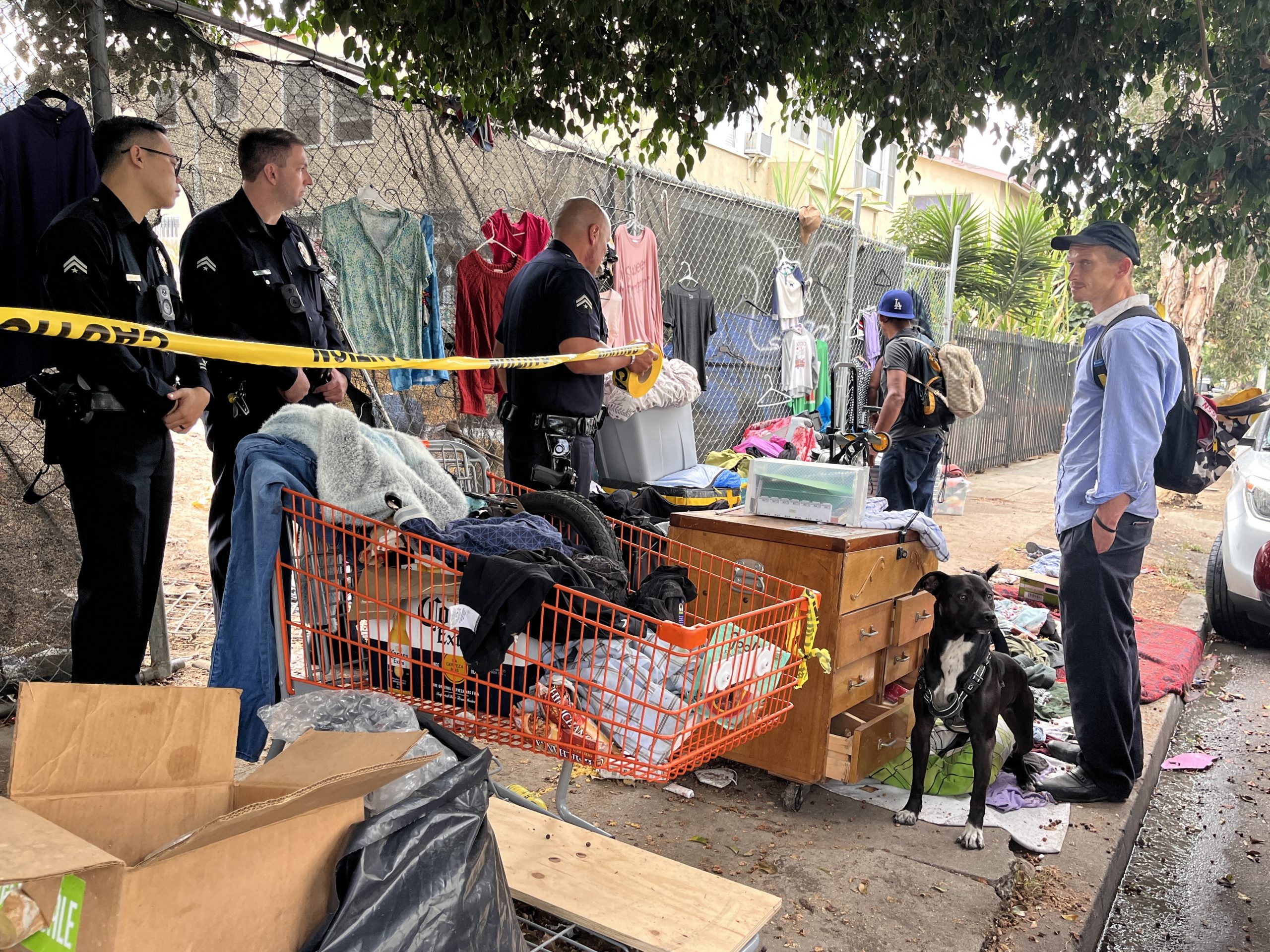As winter approaches, people living on the streets face renewed threats from cold and rain. Despite major public investment, Los Angeles is still far from resolving chronic homelessness.
LA City and LA County have spent hundreds of millions of dollars on temporary shelters, hotels, and emergency housing. They continue clearing street encampments and directing people into short-term facilities, but the overall impact remains limited.

A recent study by the USC Center for Homelessness, Housing and Health Equity Research (CHHHE) has drawn attention. In the “Miracle Money: California” project, researchers provided 103 unhoused participants across LA County, San Francisco, and Oakland with $750 per month for 12 months. Among those who received cash, 48% exited homelessness. The control group recorded 43%, a difference the research team described as not statistically significant. The team noted that cash payments helped stabilize daily life but did not lead to permanent housing.
Participants used most of the funds for food, transportation, and clothing, while spending on alcohol or drugs remained under 5%.
Lead researcher Benjamin Henwood said the payments offered stability that allowed some participants to explore housing or support programs but emphasized that cash alone was limited. He said meaningful progress requires both housing support and stronger social networks.
Father John Kim, who operates a Korean American homeless shelter at St. James’ Church, also pointed to limits of cash aid. He said the payments were too small to change long-term outcomes and explained that homelessness often stems from broken relationships rather than money alone. He stressed the need for “home-like spaces” where people can address daily needs and mental-health challenges together. Shared living, he added, can create stability, and many senior residents prefer staying together rather than returning to isolated living.
Rick Kim, Community Economic Development Director at the Koreatown Youth and Community Center (KYCC), said structural barriers remain decisive. While universal cash assistance can improve stability, employment, and health, he noted that limited amounts and high rents in LA prevent cash alone from securing permanent housing. He said tailored support is necessary—connecting individuals with housing and social-service resources while addressing eviction histories, credit issues, and income requirements. He added that access to living-wage jobs and stable housing supply is essential, noting that cash is only a starting point.
The Los Angeles Homeless Services Authority (LAHSA) opened its winter shelter program on December 5, operating through next March. Seasonal shelters provide three daily meals and basic services, and 61 beds are currently available. During severe weather, emergency motel vouchers or temporary placements may be added. But officials acknowledge that short-term protection alone cannot resolve homelessness.
If cash assistance, temporary shelters, and emergency relief aren’t enough on their own, what does it truly take to help someone leave homelessness?
BY YOONJAE JUNG [jung.yoonjae@koreadaily.com]




